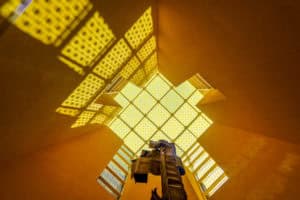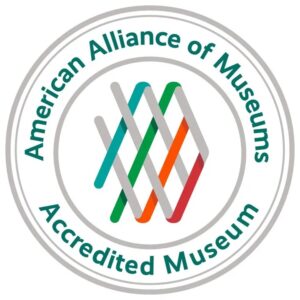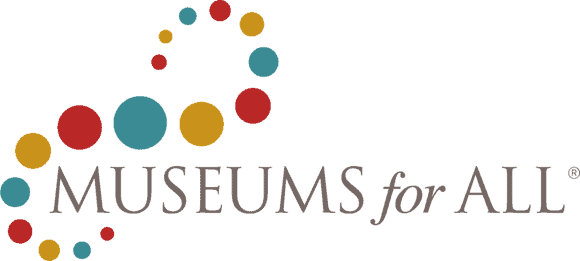ABOUT THE MUSEUM
Our Mission
Dedicated to lifelong learning and anchored by our rich collections, the Fort Worth Museum of Science and History engages our diverse community through creative, vibrant programs and exhibits interpreting science and the stories of Texas and the Southwest.

History of the Museum
On April 21, 1941, a charter to establish a Fort Worth Children’s Museum was filed with the State of Texas. The purposes of the new museum were listed as: “The maintenance of a place where geological, biological, and zoological collections may be housed; to increase and diffuse knowledge and appreciation of history, art, and science; to preserve objects of historic, artistic, and scientific interests; and to offer popular instruction and opportunities for aesthetic enjoyment.”
The museum’s history actually began in 1939 when the local council of Administrative Women in Education began a study of children’s museums, with the idea of starting one in Fort Worth. Two years later the charter was filed, but it would be almost four years before the museum would find a physical home. With the help of the city’s school board, the museum opened in early 1945 in two rooms in De Zavala Elementary School.
In 1947 the museum moved into the large R.E. Harding House at 1306 Summit, where it kept growing in size and popularity. Three years later two significant entities appeared: The Ladies Auxiliary of the Fort Worth Children’s Museum (now the Museum Guild), and “The Frisky and Blossom Club,” the forerunner of Museum School®. Soon it became apparent that a much larger facility was needed to serve the growing needs of the community. The ground was broken for a new facility in 1952. On January 25, 1954, the museum opened the building at 1501 Montgomery Street. The following year the Charlie Mary Noble Planetarium, the first public planetarium in the region, opened.
In 1968 the name was changed to the Fort Worth Museum of Science and History so that adults even without children could enjoy the Museum. It worked! Today more than half the Museum’s visitors are adults. Much of that is due to the addition of the Omni Theater in 1983. The Omni was the first IMAX® dome theater in the Southwest and soon became one of the most successful in the world.
During its first 40 years, the Museum was a quiet place where one could dream of the past or contemplate the future in relative solitude. Permanent exhibits included the History of Medicine, Your Body, IBM Calculators and Computers, Rocks and Fossils, Texas History, and Man and His Possessions. In collaboration with other museums and science centers, the Museum has offered large, world-class traveling exhibits that open visitors to new worlds of learning.
In May 2006, the Museum unveiled plans for its new building: an innovative work of architecture that blends with neighboring institutions and features a sweeping plaza and campus-like environment at the south end of the Cultural District. Construction was completed in the fall of 2009 and the Museum now faces the Will Rogers Memorial Center to the east and opens onto a broad plaza that connects the museum more closely to its neighbors, both the Will Rogers Center and, in particular, the National Cowgirl Museum and Hall of Fame.
The new facility, designed by famed architects Legorreta + Legorreta of Mexico City, is 166,000 sq. ft. of engaging gallery space. The Museum holds DinoLabs and DinoDig, Innovation Studios, the Children’s Museum, Energy Blast, and the CattleRaiser’s Museum. The Havener Gallery provides a space for changing exhibits and attendance has grown to over 500,000 guests annually since construction.
Although its name, location, size, and scope have changed dramatically since 1941, the Museum still serves a similar purpose: to provide an extraordinary learning environment to the community.
The Fort Worth Museum of Science and History is proud to be accredited by the American Alliance of Museums and part of the Smithsonian Affiliate program, the Association of Science and Technology Centers, the Association of Children's Museums, and Museums for All.




